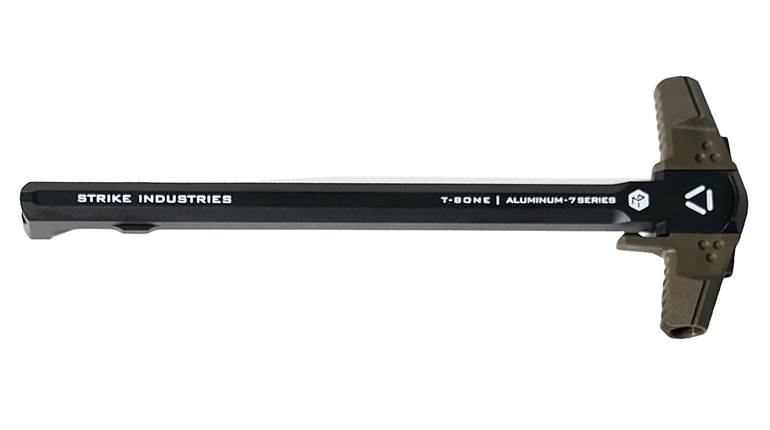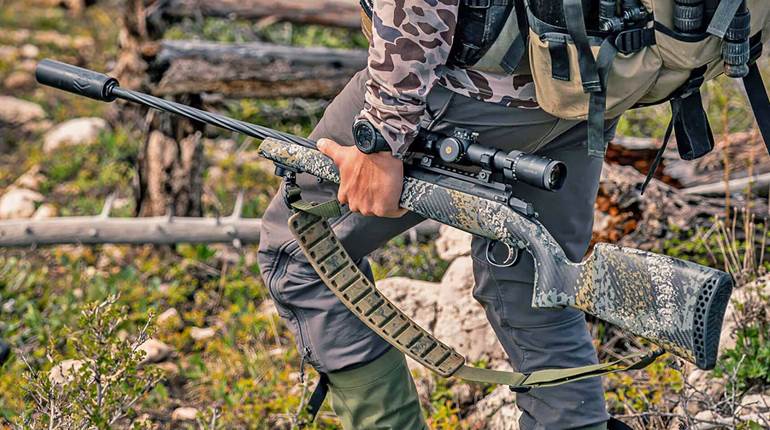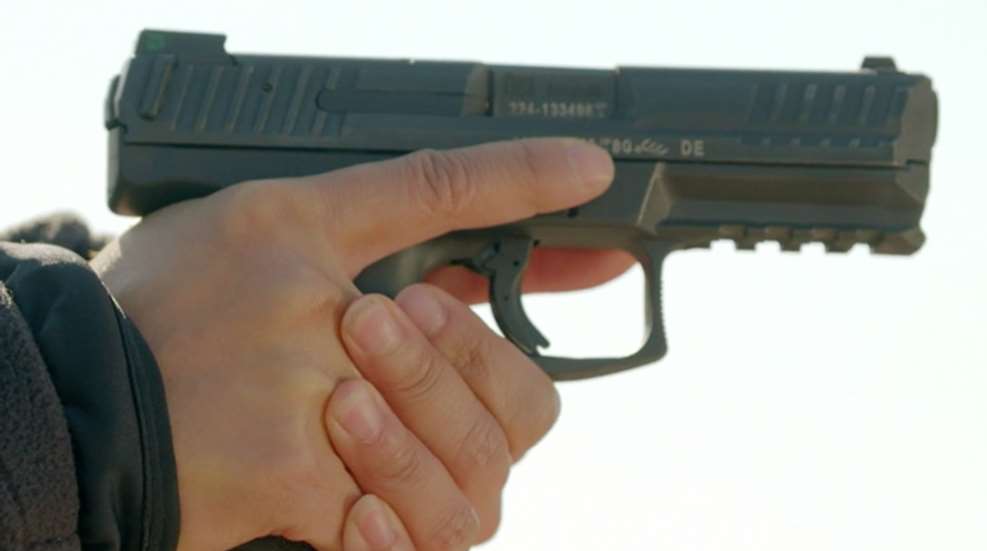
NRACarryGuard images
The Modern Technique of the Pistol gave us four simple rules of gun safety that make it so much easier for us to prevent injury to ourselves or others. Rule No. 3 is, “Keep your finger off the trigger until your sights are on the target.” This is such an important safety rule that many of us call it the Golden Rule. 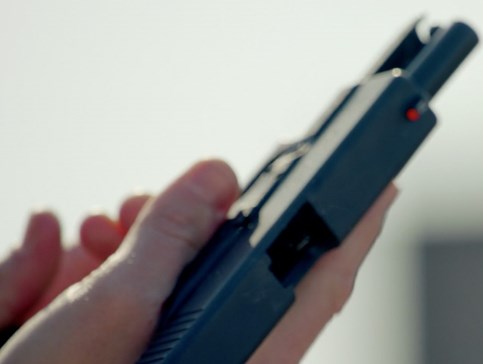
In teaching the draw stroke, most of us teach the students to not only keep their finger off the trigger but to keep it out of the trigger guard area, too. In fact, instructors almost universally teach that the trigger finger should be straight, along the slide until the muzzle is pointed downrange at the intended target or threat. Further, in order to make this a habit, we practice this safety method whenever handling any sort of firearm for any sort of reason. 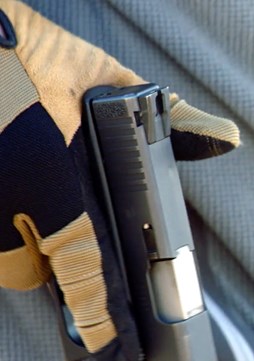
When I was first exposed to this important safety method, I thought that it would slow me down for that first, most important, defensive shot. Not that I really doubted my teachers, but I gave this admonition a lot of thought and practice. What I found was that, no matter what kind of fast-draw artist the shooter might be, he still had plenty of time to get the finger to the trigger while the gun was being brought to eye level and the sights acquired. I also realized that, the more conscious that we are of proper finger control, the less likely we are to have a negligent discharge.
Some would say that they keep their finger in the trigger guard, but off the trigger, until they are ready to shoot. But these folks simply don't understand the business of sympathetic reflex. Often, especially under stress, if we clinch one hand, we are very likely to clinch the other hand and this is one example of sympathetic reflex. A gunfight can be a very dynamic event and we may have to double up the fist of our support hand. Or we may use our support hand to grab onto something to keep from falling. Clinching that support hand may cause us to also clinch our shooting hand and, if your trigger finger is anywhere near the trigger, we could very well let off an unintended shot.
A critical time for keeping that finger straight is during the re-holstering process. Some time ago, I did an informal survey of defensive classes to determine when negligent discharges were most likely. What I found was that ND's most often occur when folks are re-holstering and still have their finger in the trigger guard. The finger smacks the top of the holster. Then it smacks the trigger. And then there is often a loud noise. Sometimes that loud noise is immediately followed by the need for Bandaids.
I have personally witnessed two negligent discharges on shooting ranges, one involving injury. In both cases the shooter had his finger on the trigger when it shouldn't have been. One of these, the one involving injury, was during re-holstering. The second was when the shooter was chambering a round and, fortunately, had his muzzle pointed in a safe direction.
I also have personal knowledge, though I did not witness it, of a fellow peace officer smacking a crook over the head with his revolver. The blow impacted his trigger finger, which was on the trigger, and the resultant shot wounded two bystanders. That, by the way, is just one of the many reasons why it is not a good idea to hit someone with your pistol. Reviewing these three incidents, it is clear that Rule No. 4 is important regardless of whether we use a revolver, a striker-fired semi-automatic, or a single-action semi-automatic, since these were the guns involved in those incidents.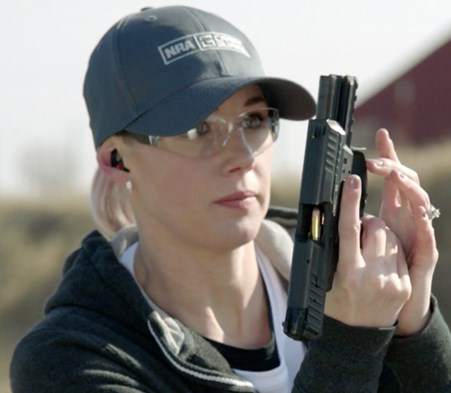
I am impressed when I see people handle firearms with their trigger fingers straight. I've even noticed savvy gun folks doing this at the SHOT Show and the NRA Annual Meetings & Exhibits, when the guns displayed have short firing pins installed and could not fire even if they were actually loaded. It is simply the mark of a professional and safety-conscious individual. We don't do that to impress others, we do it to make it an ingrained habit.
Remember to keep that finger straight and off the trigger until your sights and gun muzzle are pointed at the target or threat. It is the right thing to do because it is the safe thing to do.
Rule No. 3 is truly the Golden Rule of gun safety. Make it part of your life. You'll be glad that you did.





























